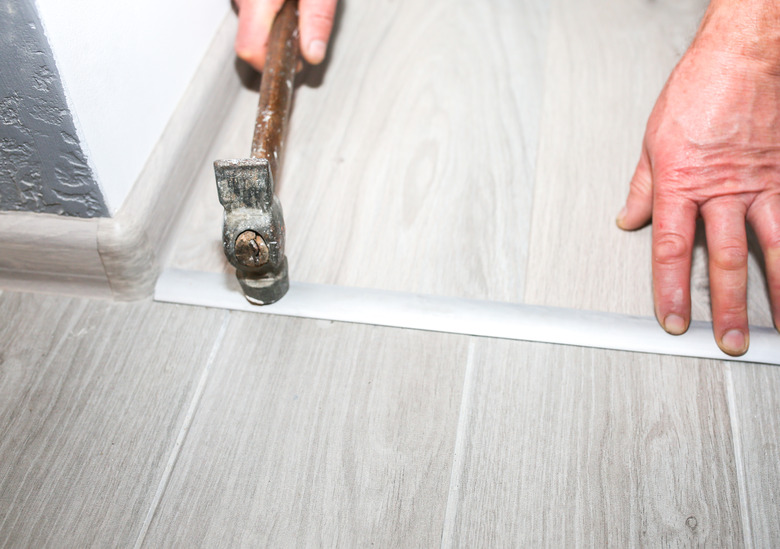How To Make Linoleum Floor Flatten Out
Linoleum floor coverings are some of the easiest and most cost-effective flooring options out there. They're sturdy, easy to clean and can look surprisingly sophisticated. If you're looking to spruce up a room that's quick and easy and not too expensive, installing a linoleum floor is a fantastic option.
But two things that can really ruin a linoleum flooring's effect are warping and lumps. Not only do they look unsightly, but they can make the floor difficult to walk and place furniture on. Flattening out your linoleum sheet flooring can ensure it is both attractive and functional.
Benefits of Linoleum Sheet Flooring
Benefits of Linoleum Sheet Flooring
There are many reasons linoleum makes a great choice for your floor. It's an extremely low-maintenance flooring option, as it's sturdy, resilient and very easy to clean. Linoleum is also hypoallergenic and even has antibacterial properties, making it great for those who want to maintain a safe and hygienic home. It's made of natural materials and is environmentally friendly because it's biodegradable. According to Floor Coverings International, linoleum is resistant to heat, meaning it's comfortable to walk on even in very hot weather and has safety benefits in case of a fire too.
Linoleum vs. Vinyl
Linoleum vs. Vinyl
Many people think linoleum and vinyl are interchangeable in terms of floor covering, but there are actually a few differences between the two, as Armstrong Flooring explains. Vinyl is made in layers and contains different types of plastic. Linoleum is made in one layer and primarily comprises of linseed oil alongside other natural ingredients, like wood resins and jute.
Vinyl tends to be more versatile and made to look convincingly like hardwood or stone, as the flooring options on Carpetright show. Linoleum tends to look more "artificial" — but its hardwearing nature makes it ideal for areas with heavy foot traffic, like kitchens and bathrooms. While vinyl has many different installation options, linoleum tends to come only in sheet form. Proper installation of a linoleum floor can ensure it stays flat and looks its best.
Flattening Out a Linoleum Floor
Flattening Out a Linoleum Floor
When installing linoleum, you first need to know your linoleum size. You should allow three extra inches on each side as an error margin. You should then unroll and lay your linoleum out flat in the room it's going in. If you can, you want it to lay out flat for at least 24 hours to reduce the curling at the edges as much as possible. Use weights to hold it flat and in place.
The best way to cut linoleum flooring is by cutting small vents in the corners. This will allow the linoleum to fit around corners without bunching up or buckling, which will help it to sit flatter. Linoleum tends to be a little more malleable in warmer temperatures, so if you're trying to install in a cold room, a space heater can help. Don't heat your linoleum too much, though, as this could cause it to warp.
Using a rolling pin can help flatten linoleum by squeezing out any air bubbles. If there are any more stubborn air bubbles, you can cut a small slit with a utility knife, squeeze the air out and then reseal using an adhesive. After the adhesive dries, you'll need to go in with a sealant to ensure your linoleum is properly protecting the floor below. You can place a weight over the area to help it dry as flat as possible, but make sure you protect it with wax paper to prevent the adhesive from sticking to the weight.
